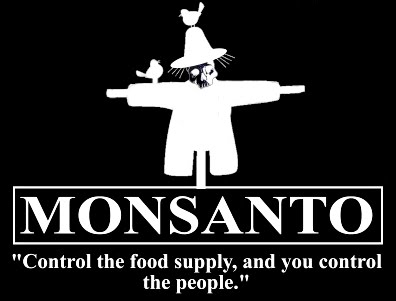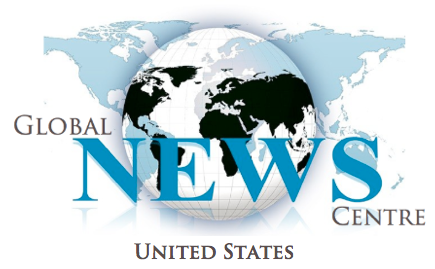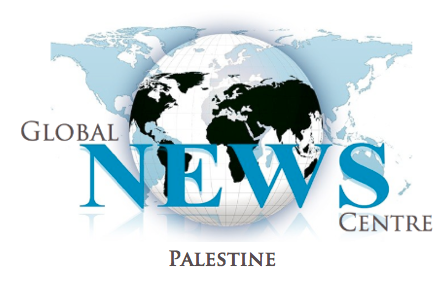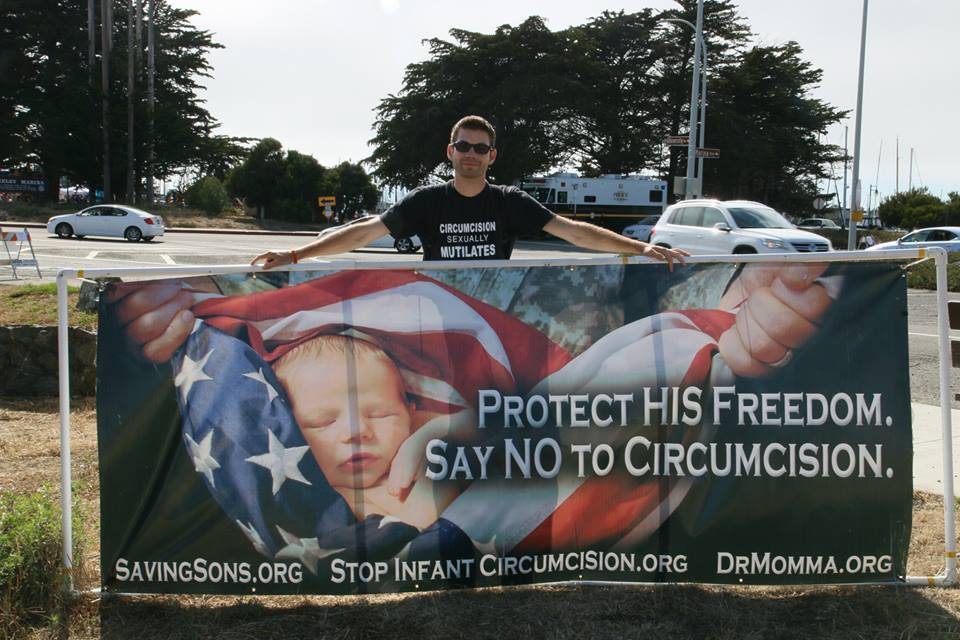Why Monsanto’s “outrage” at the IARC report is hokum
 Complaints about cherry-picking of data and non-transparent processes ring hollow…
Complaints about cherry-picking of data and non-transparent processes ring hollow…
Global News Centre
(GM Watch) The reasons Monsanto gives for its outrage are especially ludicrous. Monsanto’s chief technology officer Robb Fraley accuses the IARC of “cherry-picking” data in order to reach its conclusion and of doing so in a non-transparent process.
This is pure hokum, as is evident from a glance at the system for regulatory approval of every GMO and pesticide in the world.
Approvals are based solely on a set of safety data provided by the GMO or chemical company that manufactures the product and stands to profit from its approval. Independent studies — which are far more likely than industry studies to find risk — do not get a look in.
Epidemiological studies and other studies by independent scientists, which generally do not conform to the outdated protocols designed decades ago for industry toxicology studies, are excluded from the risk assessment as irrelevant and unreliable.
Industry’s own safety data on its pesticides are a commercial secret. Independent scientists and the public are not allowed to see them.
What’s more, when independent studies are carried out on GMOs and pesticides, they are necessarily done after the product has been on the market for years – as scientists cannot get access to a product prior to approval, when it’s still viewed as in development and a commercial secret. So independent scientists are always playing catch-up with the multitude of toxins that we’re exposed to.
Eventually, in the case of a few selected pesticides and chemicals, independent scientists manage to catch up and do genuine research using study designs sensitive enough to find harmful effects.
Then, as with a range of substances from Roundup to the plastics chemical bisphenol A, we are subjected to the unedifying spectacle of a massive pile of studies by independent scientists showing harm from a product, while industry and regulators insist it’s safe based on a few secret studies that we are not allowed to see.
If that’s not cherry-picking data in a non-transparent process, we don’t know what is.
In contrast, IARC based its verdict on published studies and publicly available government reports. This is how real science is done – when findings are published, other scientists are free to build on the work and refute or confirm it.
Monsanto should learn from the IARC review process and the studies that the IARC considered, and start to do some real scientific testing on its products prior to commercialisation. Apparently, however, it prefers bullying to science.
NOTE: A superb and clear scientific analysis of the IARC report, by Drs Maewan Ho and Nancy Swanson, has been published on the Science in Society website.
1. Monsanto seeks retraction for report linking herbicide to cancer
2. Monsanto is ‘outraged’ by WHO’s cancer assessment
3. World Health Organization: GM-crop herbicide a probable carcinogen
http://gmwatch.org/index.php/news/archive/2015-articles/16031



































Leave a Reply
You must be logged in to post a comment.